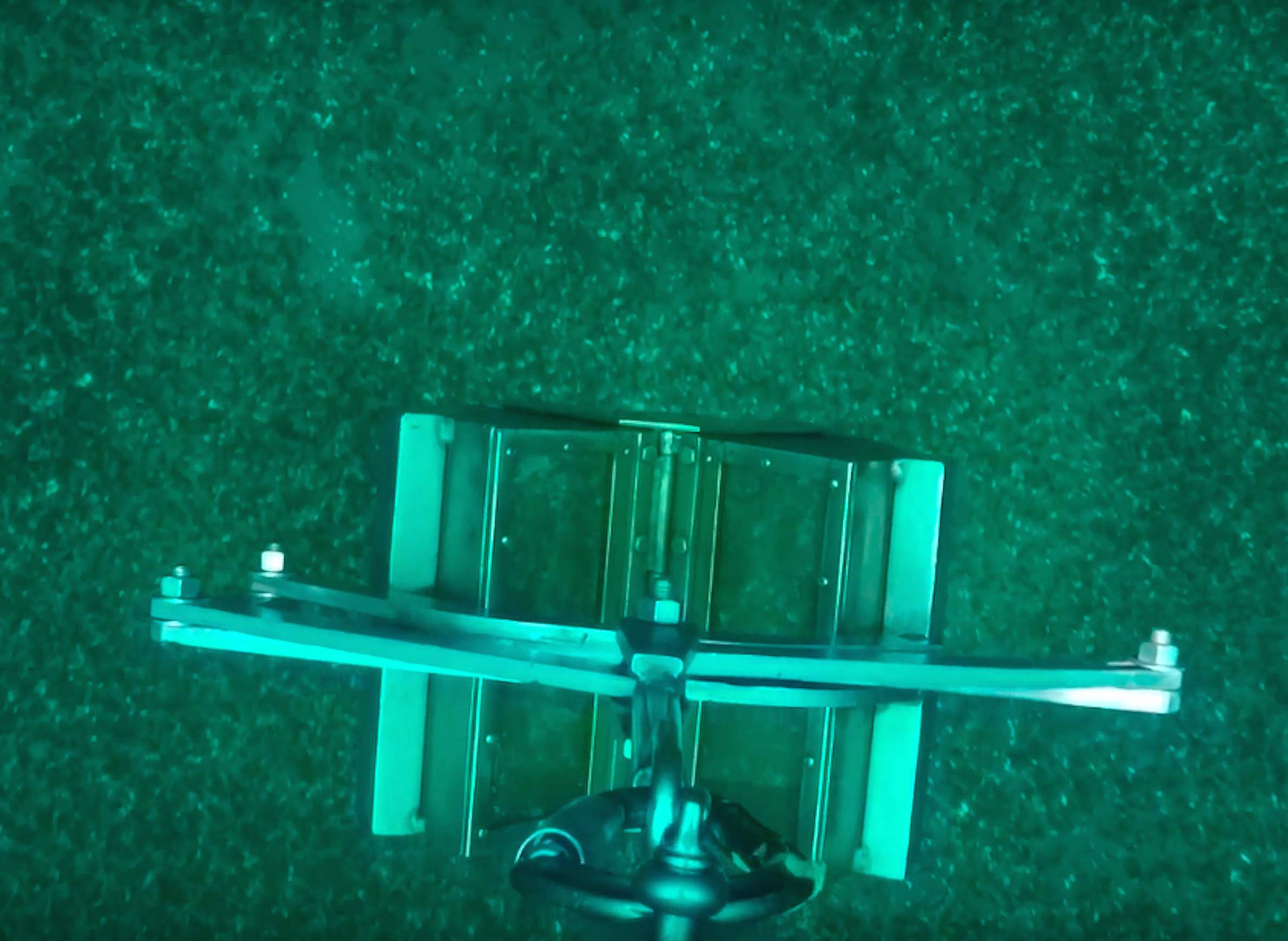
Underwater Footage Reveals Lake Michigan's Invasive Mussel Problem

Scientists using GoPro cameras in Lake Michigan have found the lakebed coated in invasive quagga mussels.
The GoPros are attached to a small dredge used to sample the lakebed in what's called a "grab." Called a Ponar dredge, the device has long been used to research lake bottoms. It takes a scoop of sand, mud and mussels for analysis. The addition of the camera helps guide the grab.
In the video, right after the dredge starts to rise, the continuous spread of mussels fills the GoPro's field of view just before the lakebed fades to green.
"The mussels get more sparse as you get deeper, but it's like a continuous carpet across the lake," said Ashley Elgin, a benthic ecologist at the Great Lakes Environmental Research Laboratory in Ann Arbor, Michigan. "It's not just this one patch where you dropped your camera down. It's continuous."
Since Ponar grabs to measure mussels started in the 1980s, scientists have seen a boom in quagga mussels (Dreissena bugensis). The numbers peaked and then declined, but are still relatively high, Elgin said.
They've largely displaced another invasive species, the zebra mussel (Dreissena polymorpha).
Scientists started using GoPros on their equipment in 2015.
There's no way to re-shoot the video once the dredge is done. Murky water, bad weather and blocked camera lenses make visibility difficult.
Getting a sense of scale is also difficult, Elgin said.
But the benefits outweigh the challenges, according to Ron Muzzi, another member of the lab operated by the National Oceanic and Atmospheric Administration. Getting visual data on the mussels is helpful in figuring out where they pose the greatest risk.
Quagga mussels arrived in the Great Lakes in ships' ballast water. They affect the environment by filtering water to eat phytoplankton, microscopic plants that make prime food for the base of the food web. A single mussel can't filter much water, but together they make a much larger impact.
Researchers do three grabs at each sampling location to make sure their readings are accurate. The cameras help them see if the grabs they take are good representations of the area.
"A Ponar is a blind pinprick," Elgin said. "You could drop your Ponar into one of the open patches, come up with almost no mussels and get an incorrect view of the density down there. You just get one grab, and you don’t know what else is around it unless you have that video."
Cameras are also used in other aquatic research. For example, one is set up near Muskegon and takes a video every hour to track mussels and fish.
Editor's note: This article was originally published on April 23, 2018 by Great Lakes Echo, which covers issues related to the environment of the Great Lakes watershed and is produced by the Knight Center for Environmental Journalism at Michigan State University.
This report is the copyright © of its original publisher. It is reproduced with permission by WisContext, a service of PBS Wisconsin and Wisconsin Public Radio.


